ASRock Fatal1ty X79 Champion and X79 Professional Review: From a Gamer to Gamers
by Ian Cutress on February 9, 2013 10:30 AM EST- Posted in
- Motherboards
- ASRock
- Fatal1ty
- X79
ASRock X79 Fatal1ty Software
The big feature ASRock always wants to promote is its XFast platform – XFast USB, XFast LAN and XFast RAM. This trio of features have been a constant addition to any ASRock motherboard over the past twelve months, and promise up to 5x performance in each of the areas (although benchmarks are cherry picked to get that 5x speedup). When XFast meets Fatal1ty, part of me secretly hoped for “XFatal1ty” software to integrate all the features. No such luck, though the regular software platform does get a new red and black skin along with an extra Fatal1ty specific feature.
The Driver CD gets the Fatal1ty treatment – when selecting which drivers and software to install, Wendel’s face greets you on every screen. Thankfully choosing which drivers and software to install is a quick affair and the process completes automatically, leaving the user to go off make a hot drink rather than make eye contact.
The main hub of the software platform comes from the ASRock eXtreme Tuning Utility, which for the purposes of the Fatal1ty motherboards is called F-Stream Tuning, but it is essentially the same program with a red and black skin.
F-Stream Tuning
Much like its parent AXTU, F-ST features several menus including a hardware monitor, fan control, an overclocking menu, an energy saving menu and the XFast RAM selections. The Fatal1ty exclusive component is in the Fatal1ty Mouse Port option:
If a user has a USB mouse capable of being polled at more than 125 Hz, then this software enables that setting through a specific motherboard port designed to be polled at the higher frequencies. The benefits of having a mouse that can be polled 1000 Hz is debatable at best, depending on the frame rate and responsiveness of the game in question (e.g. at V-Sync, the mouse input is processed as if it were at 60 Hz), but it is there if needed.
On the fan control side of the software, our basic ASRock controls are still at play – the CPU fans and first chassis fan are offered target temperatures and fan target speeds, with all other fan headers having fan target speeds. It is a little uncertain what the ‘target speed’ actually does due to the lack of explanation – does it define the fan speed after the target temperature, or will the fan be at 100% above the target temperature such that the target speed defines the fan profile below the target temperature? Or is it just a single fan speed above/below the target temperature? Fan controls this basic are practically pointless, especially when the motherboard has access to the fan RPM, temperature sensors and power output to all the fan headers. With some clever software manipulation, it would be easy to create an all-singing, all-dancing fan software application. No such luck with the ASRock X79 Fatal1ty boards.
Overclock settings via F-Stream are also a little odd like the fan controls. The software behind the overclock settings was developed before turbo boost became a regular CPU feature and idle CPU states came into play. This means that this part of the software will always take the current CPU speed and voltage settings as the common settings, even if the system is idling. As shown in the picture below, it thinks we are at 1200 MHz all the time. CPU voltages are only changeable in terms of offset, and there is no indication as to what the current voltages, speeds or temperatures are. Time for an upgrade, ASRock!
XFast RAM is actually a smart feature I like on these ASRock boards. It allows users with a lot of memory to partition some of it away as a fast (5+ GBps read/write) storage device and quick cache, meaning all those temporary files created by various actions are put somewhere quick to be accessed again. ASRock offers the ability to enable Ready Boost through this feature, as well as change settings to adjust system and IE temporary files. For any system with 16GB+ of memory, it might be worth partitioning 4 GB into something like this.
XFast USB
We have played with XFast USB for many months now, and the premise is simple – the basic Windows 7 USB drivers were written many years ago, and now we have the option to speed up those protocols. XFast USB, when enabled and a USB storage device is inserted, implements its driver to take advantage of Bulk Only Transfer (BOT) commands. This technically speeds up mass transfer across the USB interface (USB 2.0 and USB 3.0) at the expense of individual file latency. In our testing it makes a significant improvement on USB 2.0 and USB 3.0 in Windows 7, although it is worth mentioning that some other manufacturers also have their own implementations of something similar to XFast USB.
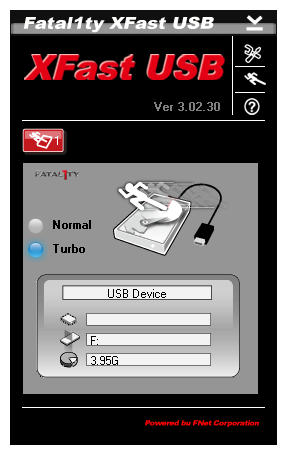
XFast LAN
XFast LAN (aka cFosSpeed) is an advanced network port manipulation tool, designed for monitoring, prioritizing and adjusting network traffic all via software. For anyone other than ASRock, this is a 9.90 Euro purchase, but ASRock has a bulk licensing deal for every one of their motherboards, and helps users to adjust certain programs for priority data travel over any network interface on the motherboard.
Marvell Storage
As the ASRock X79 Fatal1ty motherboards both use Marvell controllers to increase the SATA 6 Gbps port count, included in the package is the Marvell Storage Management panel. Accessed via the web interface, the software allows the user to manage the RAID setup across the ports, AES and HyperDuo (the Marvell version of SSD Caching).


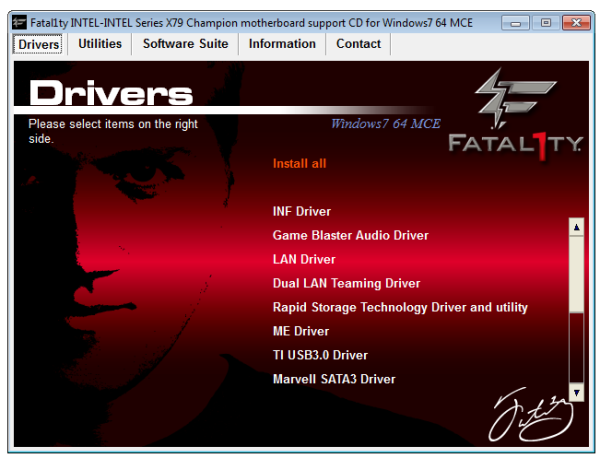
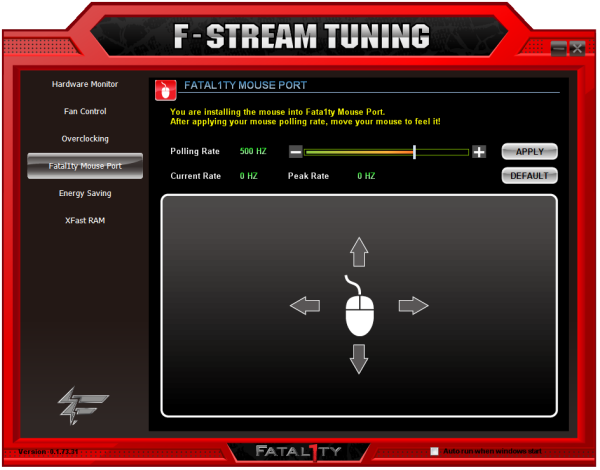
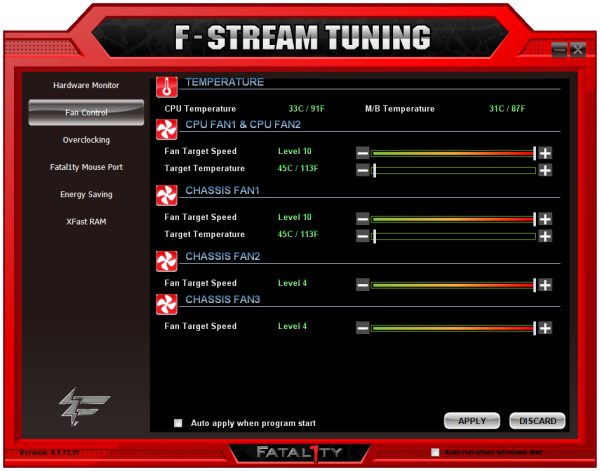
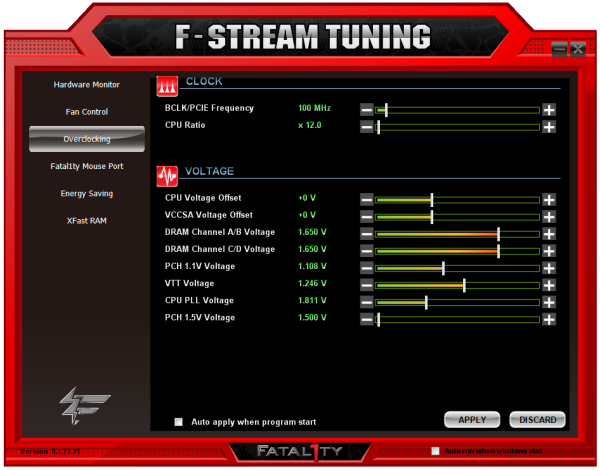
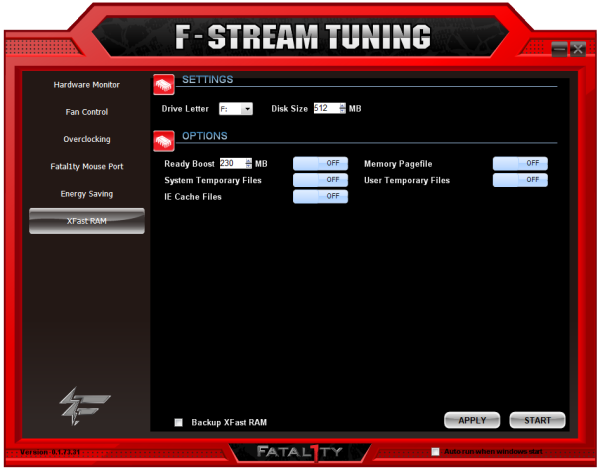
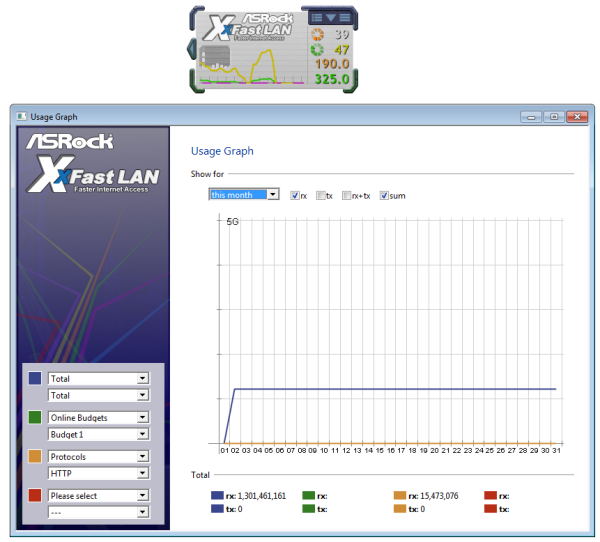
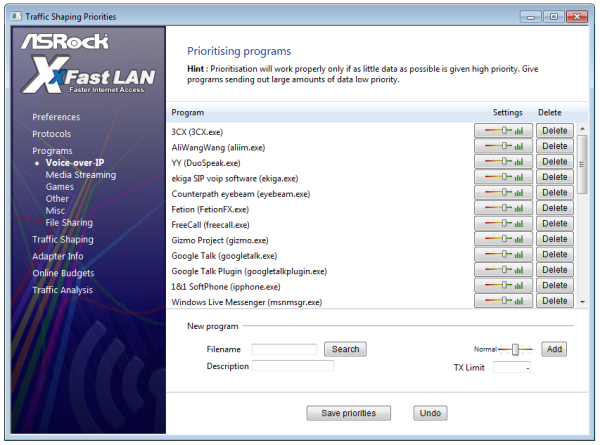

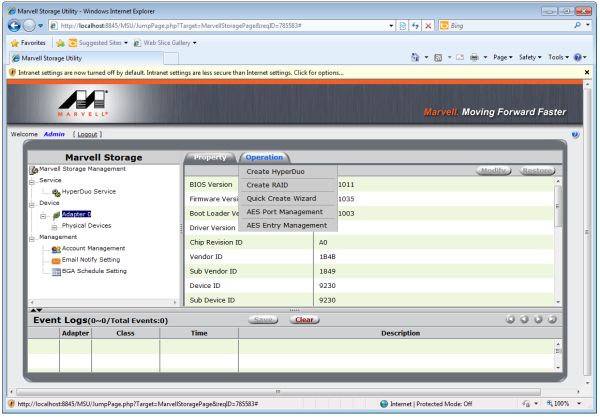














71 Comments
View All Comments
CeriseCogburn - Wednesday, February 13, 2013 - link
That ignorant "principle" called being a dumb*** cheapskate with an excuse will leave you in the dust half the time, but so what you probably LOVE amd like a fanboy fool like most here.LOL - Yes all the whining fools here are freaking fanboys anyway.
So since you have no clue who the guy is, wether or not you respect him is of no consequence, it's not even an opinion.
Problem is, you'd likely respect him if you had a clue.
Go watch some of the hour long vids - he certainly can earn your respect, I suspect it would happen.
Now back to your crybaby drone whining.
BTW - you an amd fanboy ? I bet you are. There's some more branding...
Concillian - Saturday, February 9, 2013 - link
"I don't get why they release these, he's done nothing in half a decade and no self respecting person who knows anything about hardware would buy because of a so called Celeb name being put on it. It just acts as a warning sign for me..."Well, it works in other markets... how about Michael Jordan endorsed products? He hasn't done anything of note recently... How many other retired competitors endorse products. Carl Lewis and Greg Louganis, long since retired, endorsed products well after retirement. Phelps surely will for years to come.
If they want to pay the guy to be able to use his name...more power to them and good for him. I'm not paying the bill or buying the products, so why would I care enough to speak out against it?
just4U - Sunday, February 10, 2013 - link
Look at the specs, the visuals.. than decide. the name is pretty much like any other. Asus has their line, Gigabyte.. MSI.. They all brand in one form or another to mark their high end. This is just another one is all.Blibbax - Sunday, February 10, 2013 - link
Asus aren't paying anyone to use the "RoG" brand.Blibbax - Sunday, February 10, 2013 - link
Though actually, I'd rather see the end of all those ridiculous brand names - "RoG", "Big Bang", "Classified", "Sniper" - none of them make any sense, and they all significantly cheapen the products they are attached to. The boards people really want are Asus Pro, Gigabyte UD9, Asrock Extreme11, and I think the lack of these stupid gamer brands is a lot of why.lukarak - Monday, February 11, 2013 - link
Sure they are. They are paying to market the RoG brand, thus increasing the price of the motherboards and other things. For example sponsoring tournaments. It's every bit the same as paying Wendel an amount for each product sold, if that's the licensing method they agreed upon.CharonPDX - Monday, February 11, 2013 - link
There's a reason he has changed manufacturers every couple years - and I doubt it's because each new one is offering him MORE money.......CeriseCogburn - Wednesday, February 13, 2013 - link
Yet the prior review Ian did with an Asrock motherboard had some overclocker bios with some guru branding and that board and bios was freaking awesome.So being a completely clueless idiot with a one size fits all mindset makes you a droning sheep like the rest of em here.
Congratulations on being just as dumb (dumber really, as age an experience claimed leaves you permanently clueless) as an emotionally excited teenybopper who loves Fatal1ty.
tynopik - Saturday, February 9, 2013 - link
"equipped with single screen a single GPU"Beenthere - Saturday, February 9, 2013 - link
John "Fatality" is a joke and Asrock is just milking what little success John Boy had in the past.The ignorant plastering of "Fatality" all over the mobo, heatsinks, OMs, etc. and on the BIOS and boot screen is for the 13 year old, immature, PC illiterate fanbois. Unfortunately the 13 year old kids don't represent the majority of the PC enthusiasts market so this marketing ploy to dupe the dumb, has pretty much failed. In fact their has been considerable backlash about the in-you-face display of John Boy by many Asrock consumers - to the point that Asrock has removed his Fuhly Puss from the BIOS menus completely and thankfully allows people to disable Jon Boy's face on the boot screen.
As far as the actual mobos are concerned, they are decent high end units, but nothing exceptional. They are IME as good as Asus or Gigabyte high end mobos, no more and no less. They appear to be more reliable than Asus as is Gigabyte, IME. I would recommend the Asrock Fatality models to enthusiasts for the mobo quality/performance over Asus, but not for the stupid marketing hype over John Boy.